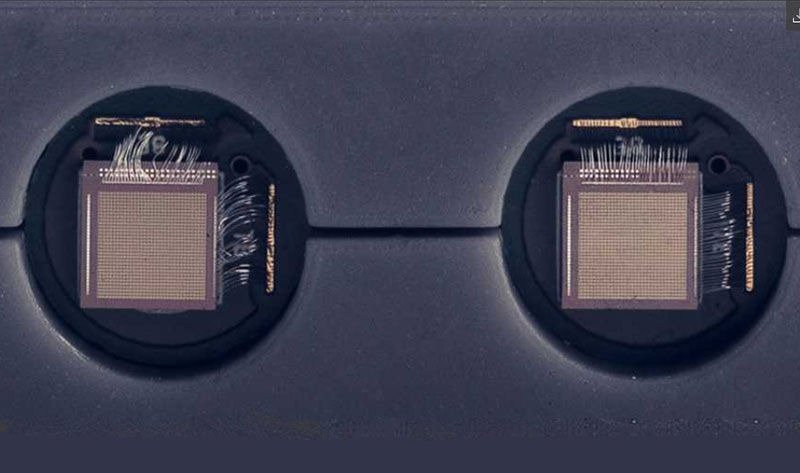Imec, a Belgium-based R&D and innovation hub, active in the fields of nanoelectronics and digital technologies, has presented a proof-of-concept for determining arterial stiffness. Arterial stiffness is a risk marker for cardiovascular diseases such as stroke and heart failure, and monitoring blood pressure.
According to the World Health Organization (WHO), Cardiovascular diseases (CVDs) are the number 1 cause of death globally, taking an estimated 17.9 million lives each year. CVDs are a group of disorders of the heart and blood vessels and include coronary heart disease, cerebrovascular disease, rheumatic heart disease and other conditions. Four out of 5CVD deaths are due to heart attacks and strokes, and one third of these deaths occur prematurely in people under 70 years of age.
The sooner you detect a cardiovascular disease, the easier it is to treat. Arterial stiffness is an independent predictor of CVDs and a marker for developing hypertension. Arterial stiffness is usually determined by measuring the arterial pulse wave velocity (PWV).
Because PWV measures often require invasive or less accessible imaging methods, clinicians prefer a cuff-based blood pressure measure to assess CVD risk.
Imec is convinced that a more central pulse wave velocity approach would add value over traditional cuff-measured blood pressure to determine CVD risk.

“We have developed a promising method to determine PWV using an ultrasound sensor and a novel data analysis approach. The ultrasound sensor captures the heartbeat of the patient in the neck and the algorithms subsequently extract the features necessary to calculate PWV. PWV can then be used to determine cardiovascular function indicators, such as arterial stiffness and blood pressure,” said Fabian Beutel, Biomedical R&D Engineer and PhD candidate at KU Leuven.
Moreover, the researchers showed that a central PWV (closer to the heart) correlates more reliably with blood pressure than a peripheral measurement, reports imec.
A small-scale cohort involving 10 people featuring a wide range of blood pressure values from normal to elevated demonstrated the proof-of-concept of this novel method to measure central PWV and estimate blood pressure. The test confirmed that measuring PWV centrally correlated better with arterial stiffness and blood pressure than the traditional peripheral method using an ECG and an optical measurement at a distance from the heart. Unlike with conventional methods, the new blood pressure estimates are within the accuracy limits used in the IEEE blood pressure validation standard.
Read more Imec, TNO Unveil Disposable Health Patch with Non-Toxic Battery that Runs for Over a Week
“This technology and algorithm can be scaled to any device that fits the application: portable, wearable and even ingestible devices. We’re looking for companies to join us in the research and development of this technology and unlock new medical applications,” Carlos Agell, Health Solutions Program Manager.












